Haslemere is a stronghold for dormice, with this endearing animal recorded across the town and Shottermill being the only ward in the parish not having recent records.
They live in dense scrubby places, feasting on a wide variety of fruit, nuts, berries and seeds with hazel and sweet chestnut coppice woods important habitat for this rare tree-dwelling mammal.
In addition to routine monitoring programmes, Surrey Dormouse Group has recorded dormice at two sites in Haslemere following positive identification of animals caught by cats: one near Bunch Lane not far from the town centre in 2004 and the second from Grayswood in 2021.
Haslemere Biodiversity Group is putting together a dormouse register for Haslemere town, collecting records from a wide variety of sources from land-managers to surveyors, and we are keen to find out if any readers think they may have dormice living on their doorstep.
While it can be distressing when the cat brings in a small mammal or songbird, this can provide an important record to help us understand an animal’s distribution in the wider countryside, where they might be living and help us to focus conservation efforts to support this nocturnal mammal.
Dormice look similar to other small mammals but are characterised by their golden yellow-orange colour fur, a distinctively furry tail and large black eyes.
We would greatly appreciate it if you could share any potential photos, with a date and address of where the dormouse was located, so that we can add it to our register in line with GDPR requirements.
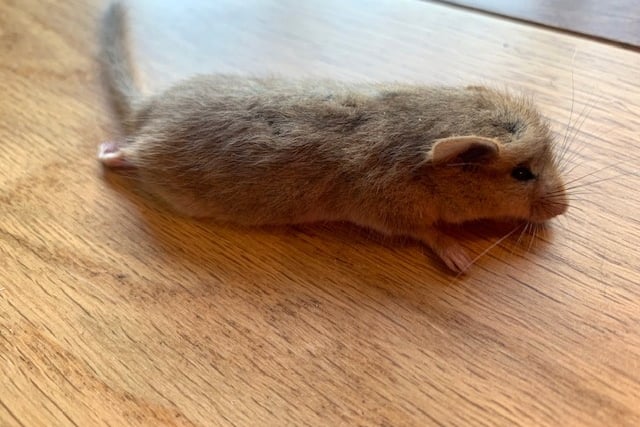
Haslemere dormouse register needs your help!
If you have a potential dormouse record please do send in your photo and contact Haslemere Biodiversity Group on [email protected]
If you are interested in getting involved with dormice surveys and conservation please contact Surrey Dormouse Group on [email protected]
If your cat has brought a live dormouse into your house, please contact Wildlife Aid who operate our local wildlife rescue hospital at Randalls Farm House, Randalls Road, Leatherhead, KT22 0AL (01372 377332/www.wildlifeaid.org.uk).
They usually advise that all small mammals be taken in for an antibiotic injection if brought in by a cat as cat’s saliva contains harmful bacteria and, whilst an animal might appear unharmed, it could be infected and will die later on if not treated.
Gareth Matthes MCIEEM is a professional ecologist with over 20 year’s experience. In 2002 he established GPM Ecology, an ecological consultancy based in Haslemere. Gareth is also part of the Haslemere Biodiversity Group. Contact [email protected]
By Gareth Matthes
Haslemere Biodiversity Group
Haslemere Climate and Biodiversity Collective
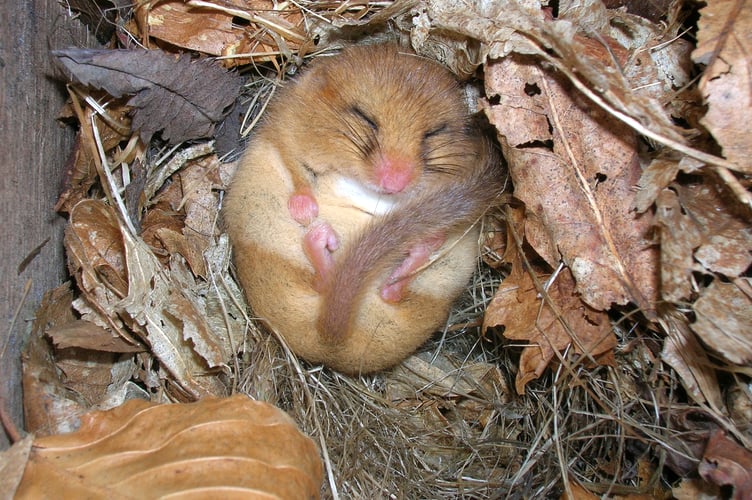
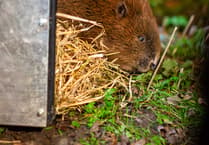
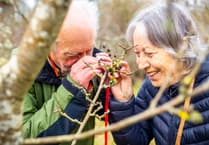
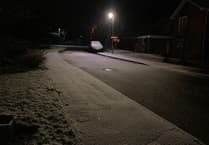
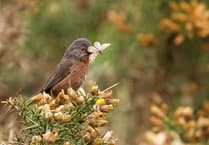
Comments
This article has no comments yet. Be the first to leave a comment.